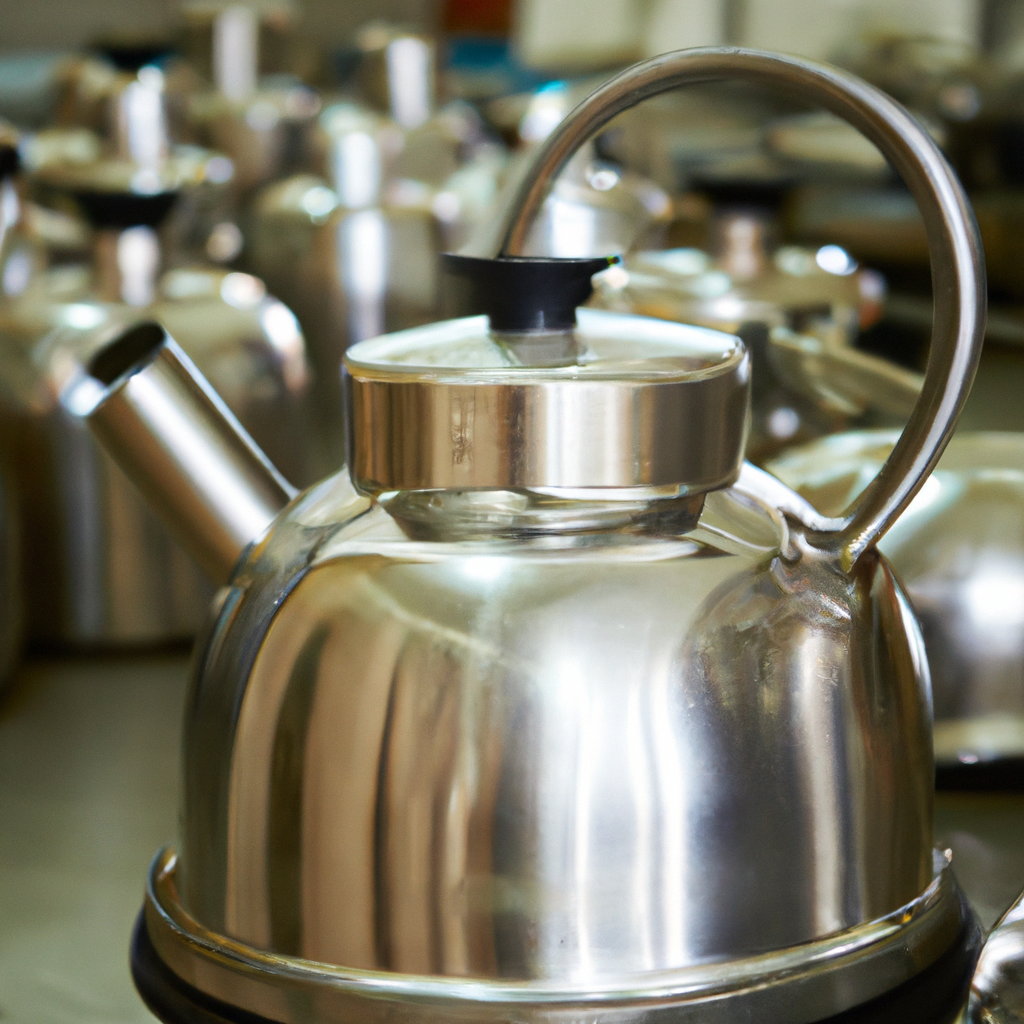
Stainless Steel Kettle Professional Production Process
Stainless Steel Kettle Professional Production Process
Stainless steel kettles have become increasingly popular as a reliable and durable option for boiling water. However, what many people don’t realize is the intricate process that goes into the production of these kettles. In this article, we’ll explore the professional production process of stainless steel kettles.
1. Material Selection The first step in manufacturing a stainless steel kettle is selecting the appropriate raw materials. Manufacturers generally opt for high-quality 304 stainless steel that is food-grade certified. This ensures that the kettle is safe to use and won’t impact the flavor of the water.
2. Cutting and Trimming Once the raw materials have been selected, they are cut and trimmed into the desired shape and size. This usually involves the use of CNC machines to ensure precision and accuracy.
3. Stamping and Forming The next step is stamping and forming. This process involves shaping the stainless steel and ensuring that it is smooth and uniform in appearance. Manufacturers utilize a variety of machines and tools to achieve the desired shape and size.
4. Welding and Polishing The stainless steel pieces are then welded together to create the final product. The welding process is essential to make sure that the kettle is leak-proof and durable. After welding, the kettle is polished to give it a shiny finish.
5. Assembly Finally, the kettle is assembled. This involves attaching the handle, lid, and spout to the main body of the kettle. Manufacturers take great care to ensure that each element is securely attached and that the kettle is ready for use.
Conclusion:
As you can see, the professional production process of stainless steel kettles is intricate and requires a great deal of attention to detail. Manufactures have to use high-quality materials, precision-cutting machines, and skilled workers to produce a kettle that is both reliable and durable. By understanding the production process, consumers can appreciate the effort that goes into producing a high-quality kettle and make a more informed purchasing decision.

